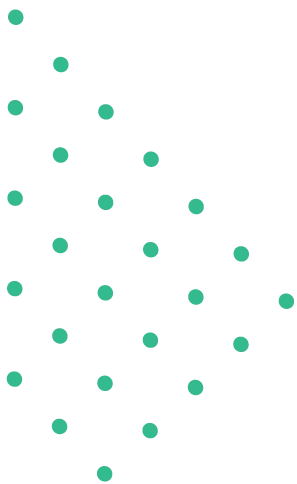Write a short note on the salient features of metaphysical poetry. Metaphysical poetry is a genre that emerged in the early 17th...Continue
John Keats (1795-1821), a well-known Romantic literary poet, coined the term “Negative Capability” in a letter to his brothers, George and Tom, in December 1817. This phrase upholds a unique quality in his poetry and shows his willingness to welcome obscurity and uncertainty. Keats believed this capacity to dwell in uncertainties without irritability, reaching after facts or reason, was crucial for creating great art. This writing analyzes two key points illustrating Keats’s Negative Capability and its deep impact on his poetic expression.
Beyond Rational Thinking: Negative capability does not refer to a lack of intelligence or analytical thinking. Instead, it questions the supremacy of logic and reason in art. Keats thought the most significant artists, like Shakespeare, could settle uncertainties and mysteries without fixing them instantly. Accepting the unknown opens the door to imaginative possibilities and subtle representations of the human experience.
Beauty Over Explanations: According to Keats, the purpose of truth in art did not lie in direct solutions. Here is a famous quotation from his poem “Ode on a Grecian Urn” (1819):
“Beauty is truth, truth beauty—that is all
Ye know on earth, and all ye need to know.”
Negative capability authorizes the artist to admire a scene’s or experience’s innate beauty, even if its importance stays untouchable.
In termination, Keats’ negative capability is not a weakness but a powerful tool for artistic creation and existential exploration. It allows us to adopt the ambiguity of life, find beauty in the unfixed, and let creativity flourish in the productive ground of the unknown.



